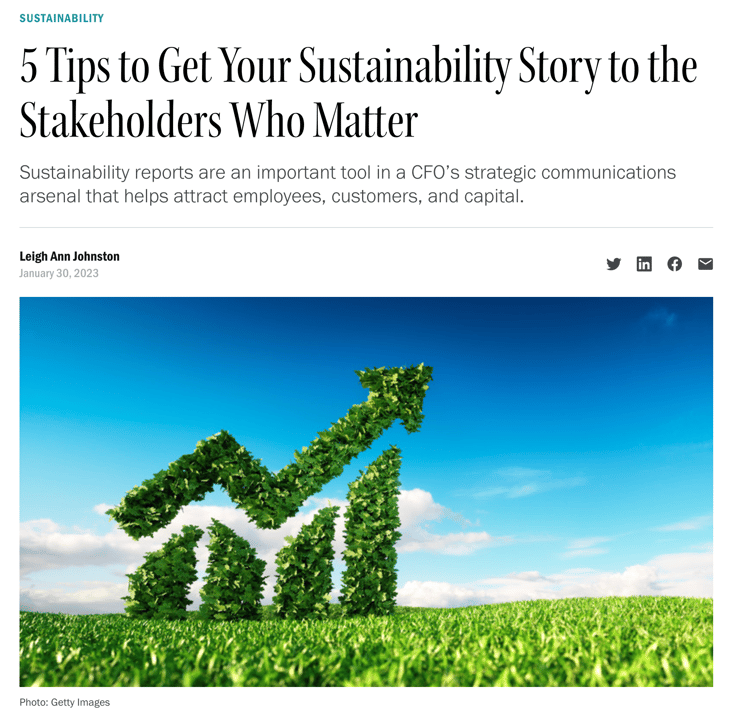About the author:
Financial Profiles is a strategic communications firm that creates value through effective communication. Public and private companies, as well as professional services firms, come to us for our expertise in investor relations, transaction support, corporate communications, public relations, and crisis management. We have a demonstrated track record of leveraging best-in-class communications practices to help our clients enhance their profiles to attract capital, talent, customers, and media attention. We are a certified women-owned business.
Topics from this blog: Thought Leadership Corporate Sustainability
.png?width=807&height=192&name=LogoFinancialProfiles%20(2).png)

